Easter Special- The Reason Why So Many Of Us Eat Lamb for Spring Feasts
Easter, Passover, and Eid al-Adha are all spring holidays that feature lamb on the table. The reason goes back farther than you might think.
Archeologists have noted that during the Paleolithic, when early humans survived by hunting and gathering, nomadic groups would mysteriously set aside a portion of meat from the hunt. This is thought to be evidence of a post-hunt ritual, an early proto-religious act of gratitude. Over the centuries, this tradition evolved into a more formal offering, sacrificing part of the fallen animal to the gods after a successful kill, as many present-day hunter-gatherers still do. As humans began to domesticate animals instead of hunting them, the tradition of a ritual offering continued as part of the process of slaughtering and eating domesticated goats, sheep, or cattle. In the early cultures of the fertile crescent, ritual offering of a slaughtered animal to the gods became nearly universal- from ancient Greece to Anatolia to Mesopotamia to Egypt. Ancient religions from the area all include some kind of animal sacrifice- an echo of the hunting and gathering culture that came before.
Semitic religions that developed in this region also featured animal sacrifices to God. The Hebrew bible has a term for this offering, korban, which described an offering of food to God, usually a sheep or a goat. This sacrifice was very important in the ancient Israelite religion- the term korban occurs 160 times in the Hebrew bible. Animal sacrifice was formalized in the narrative of the book of Exodus, when God commanded each Israelite family to sacrifice a lamb as part of the Passover story. According to God’s law, a spring lamb was to be ritually killed, roasted, and eaten. When Solomon’s temple was built in Jerusalem, priests there began to oversee the slaughter and offering of sacrificial animals, especially during Passover. Passover is pesach in Hebrew, and the Passover sacrifice became known as the “Paschal lamb”. The Jerusalem temple became the central site of animal sacrifice in the Jewish world.
And so it was when the itinerant Jewish preacher Jesus of Nazareth entered the Jerusalem temple during Passover. Thousands of pilgrims had come to make their sacrifices- the air must have been filled with the smells of roasting lamb from all the offerings. Jesus’ last supper- a Passover meal- would have included lamb as well as unleavened bread and wine. The next day, according to the Gospels, Jesus himself was crucified, an event that was seen as its own kind of sacrifice, comparable to the Paschal lamb. From then on, in Christian practice, eating lamb was seen as symbolic not only of the Passover sacrifice, but also Jesus’ own sacrifice, as “the Lamb of God”.
About 40 years after Jesus’ death, Roman soldiers attacked and destroyed the Jerusalem temple and killed thousands of Jews during the so-called “Jewish War” of 70 CE. Without temple priests to perform the Passover sacrifice, Jewish families took over the responsibility individually, maintaining the traditional Paschal lamb as a part of the Passover celebration. Today, a lamb shank bone and dishes of roasted lamb are a central part of Passover seders all over the world.
The sacrifice of a lamb appears in the third Abrahamic religion as well. In Islam, the spring holiday Eid al-Adha is known as the “feast of sacrifice” and is an observance of Abraham’s willingness to sacrifice his own son. The holiday features a sacrificial animal, often a lamb, which is roasted and shared with family, friends, and the poor, becoming a central part of the celebratory meal. Today, millions of Muslims around the world eat roasted lamb at Eid al-Adha.
During my mostly-secular upbringing, I had no idea why everyone seemed to eat lamb at Easter, and I never noticed the parallels between the Easter lamb and the Passover one. It wasn’t until I noticed that Sicilian roast Easter lamb was mostly identical to the Greek tradition, and that the lamb symbolism was much deeper than a simple roast. I noticed that many Mexicans eat lamb barbacoa for their Pascua meal, and the English roast a leg of lamb for Easter lunch. As I dutifully prepare Easter roast lamb for my own family- mine prepared sous vide and finished on the barbecue- I reflect on the millennia-old tradition that reaches from my own secular table, to the practice of Muslims, Jews, and Christians, to the prehistoric religions of the bronze-age Mediterranean, to the post-hunt rituals at the dawn of human time.




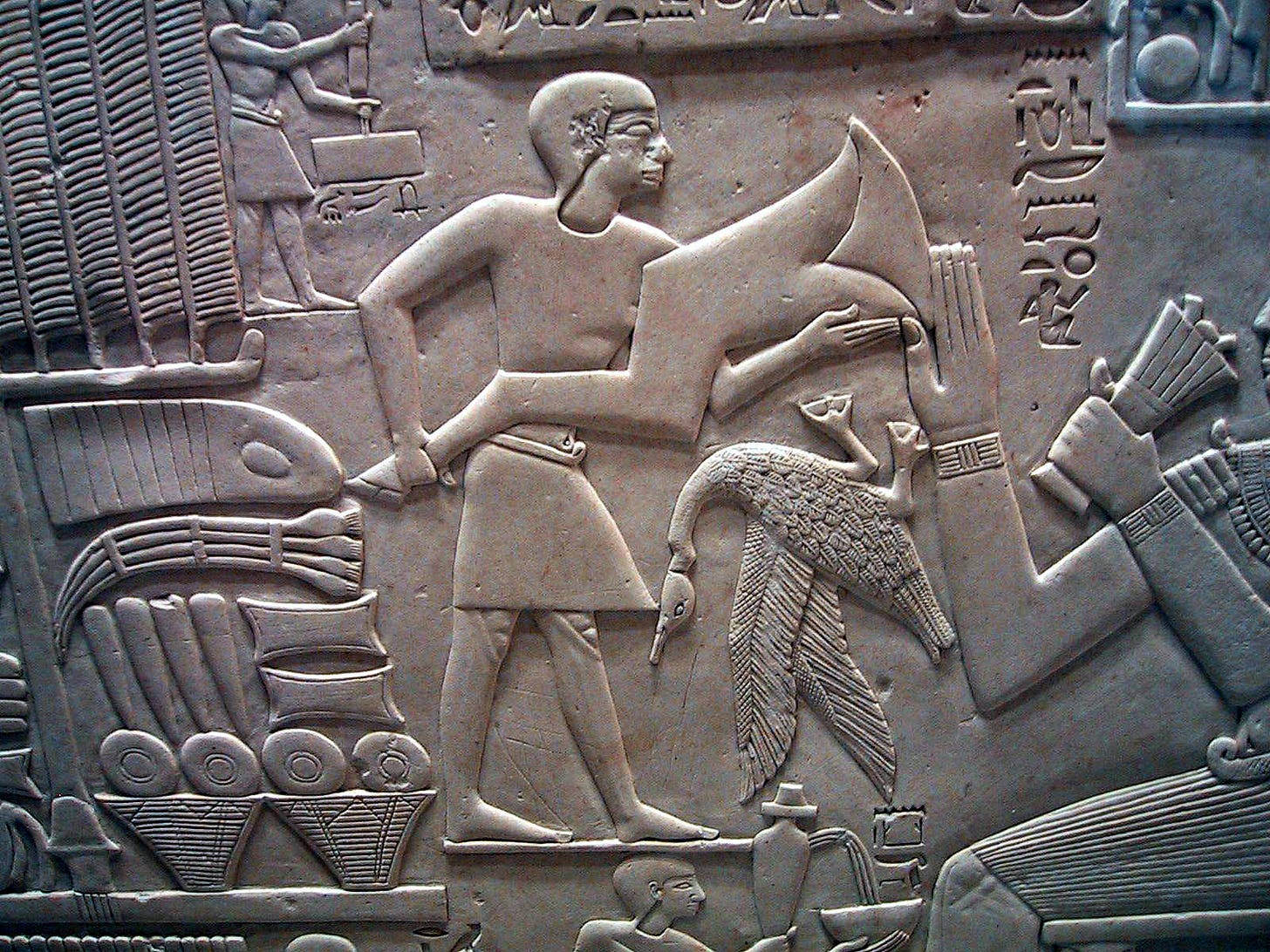
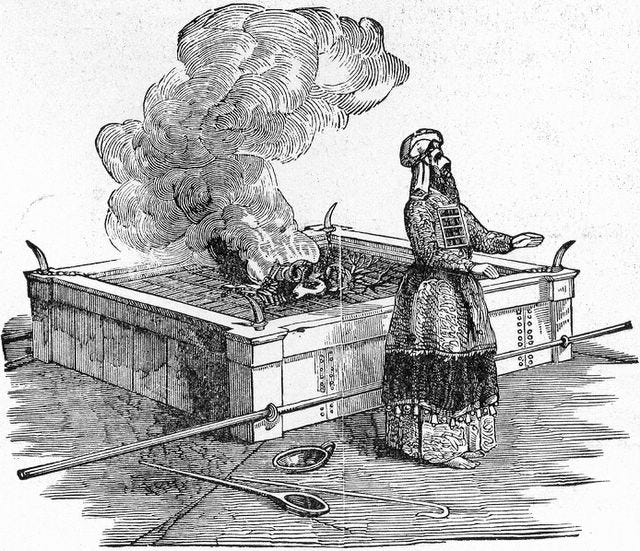
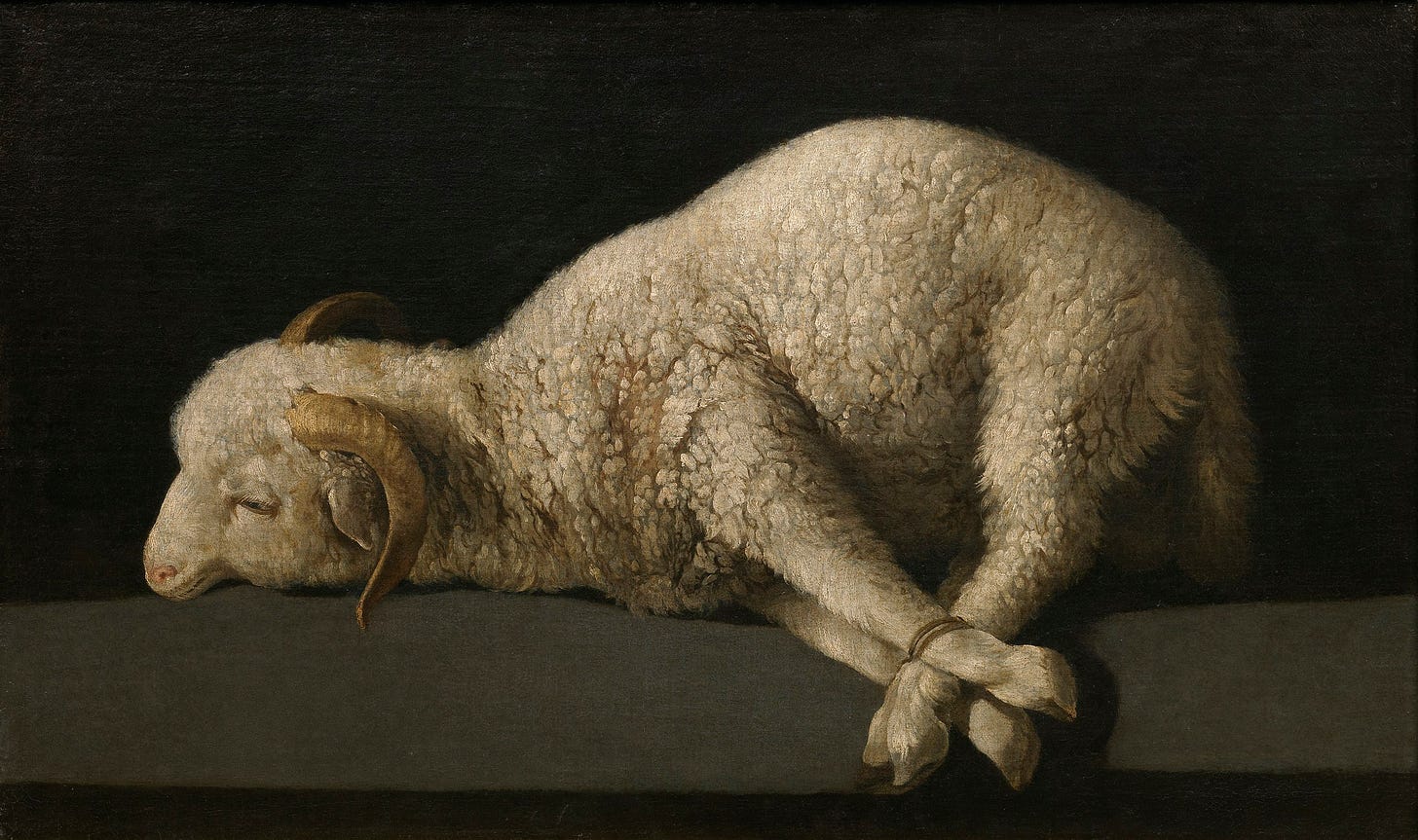
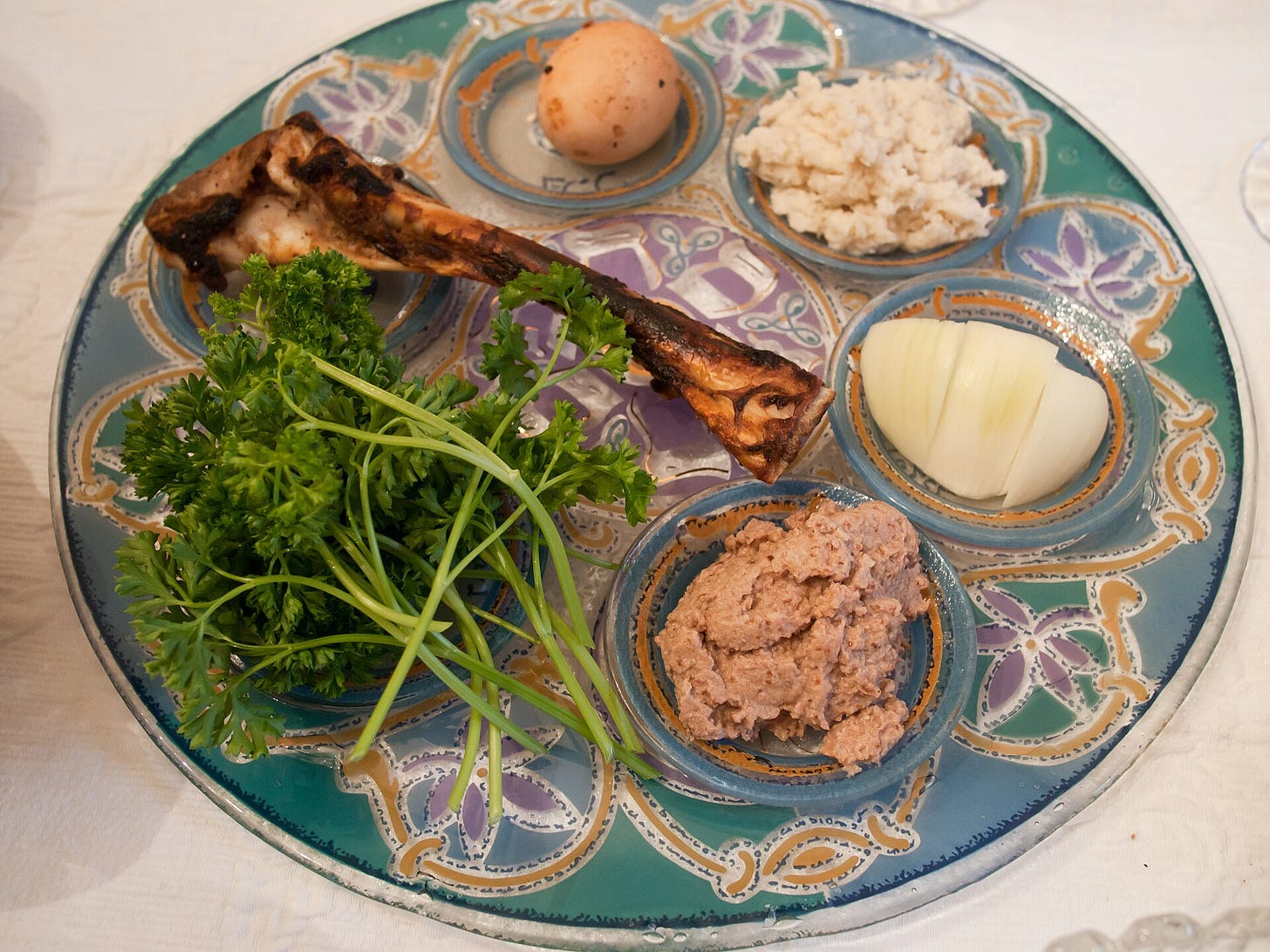
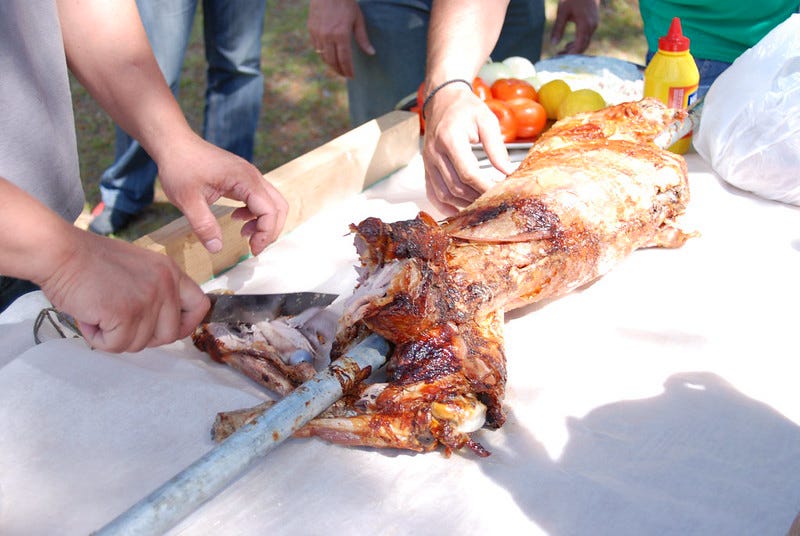
My cousin's girlfriend (last name Cannistraro) recewntly posted on FB about making Pizza Gaina and Taganu for Ester with her daughter and mom (I love that the tradition is being passed down.) Did you make either of these in your family? She states that she uses Muenster as a substitute for Touma cheese. This recipe page was fascinating to me.
https://www.homemadeitaliancooking.com/taganu-dargaona/